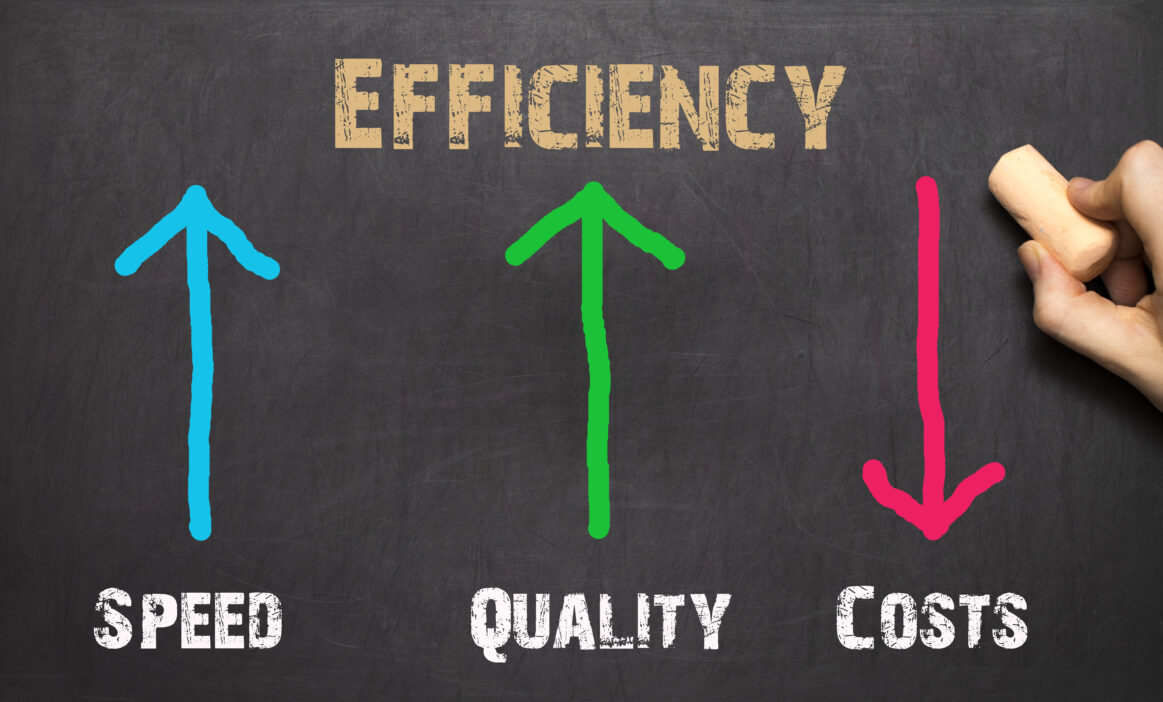Cloud computing infrastructure makes it easy to provision resources, but additional value brings the cost optimization that comes with it. Cost optimization in the cloud is a very wide topic with many areas of impact. However, our goal is to list a few key ones below to help you start.
Better capacity management
With the ability to combine longer-term purchasing with short term on-demand capacity requirements, you can start thinking about infrastructure as a consumable. A cloud offering you more granular pricing in terms of billing periods and one with unbundled resources to allow you to size your servers more accurately is a bonus in this regard.
Geographic dispersion
Using the cloud liberates you from the burden of physical infrastructure management. That means you can make choices about where to put your infrastructure for service delivery that you wouldn’t practically make if you had to physically support/visit the infrastructure. In short, you can locate infrastructure and service delivery in light of customer requirements and locations much more accurately.
Better system choice and fit
When you run your own systems you almost always have to compromise on what to invest in. This happens because of the minimal viable sizes for most systems and significant investment in researching and maintaining each system. In the cloud, you can purchase across multiple systems with a low entry point. A good example would be storage systems. Even very small customers in the cloud can purchase across multiple storage systems easily. Allowing them to combine SSD, magnetic storage and more without significant management overhead.
Increased redundancy
This is partially supported by point three about deploying across multiple systems. In addition, it makes the point about scale. Because clouds operate at scale, even your deployments within the same service/system will tend to be spread across a greater infrastructure footprint. If we think about a customer running a rack of dedicated servers, they are without any redundancy, if a server fails it needs fixing and ultimately, they are all running in the same rack. A customer running the same capacity equivalent in the cloud will be spread across a much much wider infrastructure bed giving a lot of implicit redundancy plus individual hardware failures will be recovered from very quickly due to virtualization. Virtualization isn’t exclusive to public cloud but you certainly don’t have to run spare capacity out of your budget to have hardware redundancy as you would within a private environment.
Faster networking throughput with greater redundancy
Look for a cloud that allows explicitly anti-affinity parameters on storage and computes to create high availability set-ups more easily. Again, a major scale benefit of using public clouds is their high external network throughput and redundancy. By running many lines at 10Gbps or even 40Gbps speeds, they offer much better visibility and connectivity across the internet. This means lower and more stable latencies to anyone accessing services or the cloud infrastructure. Greater redundancy also means higher availability.
We hope those five are a decent starting point and have given you some food for thought.
Happy cloud computing!
- CloudSigma is now a verified Terraform provider - April 30, 2021
- Better performance at lower prices – our U.S. cloud locations - November 21, 2018
- CloudSigma and Apptus Platform partner to offer IT consultancy to APAC clients - October 15, 2018
- Increased pricing for Microsoft licensing - July 16, 2018
- GDPR and Cloud Computing – Challenges and Opportunities - May 17, 2018


